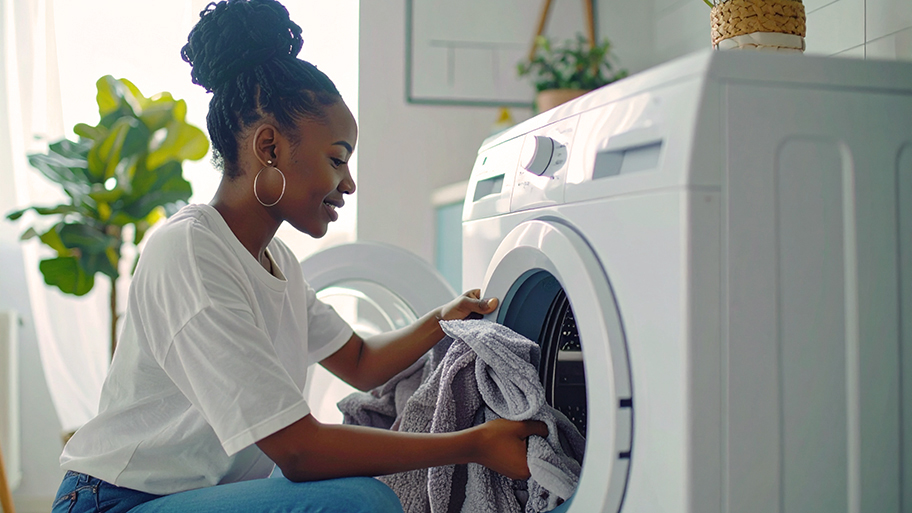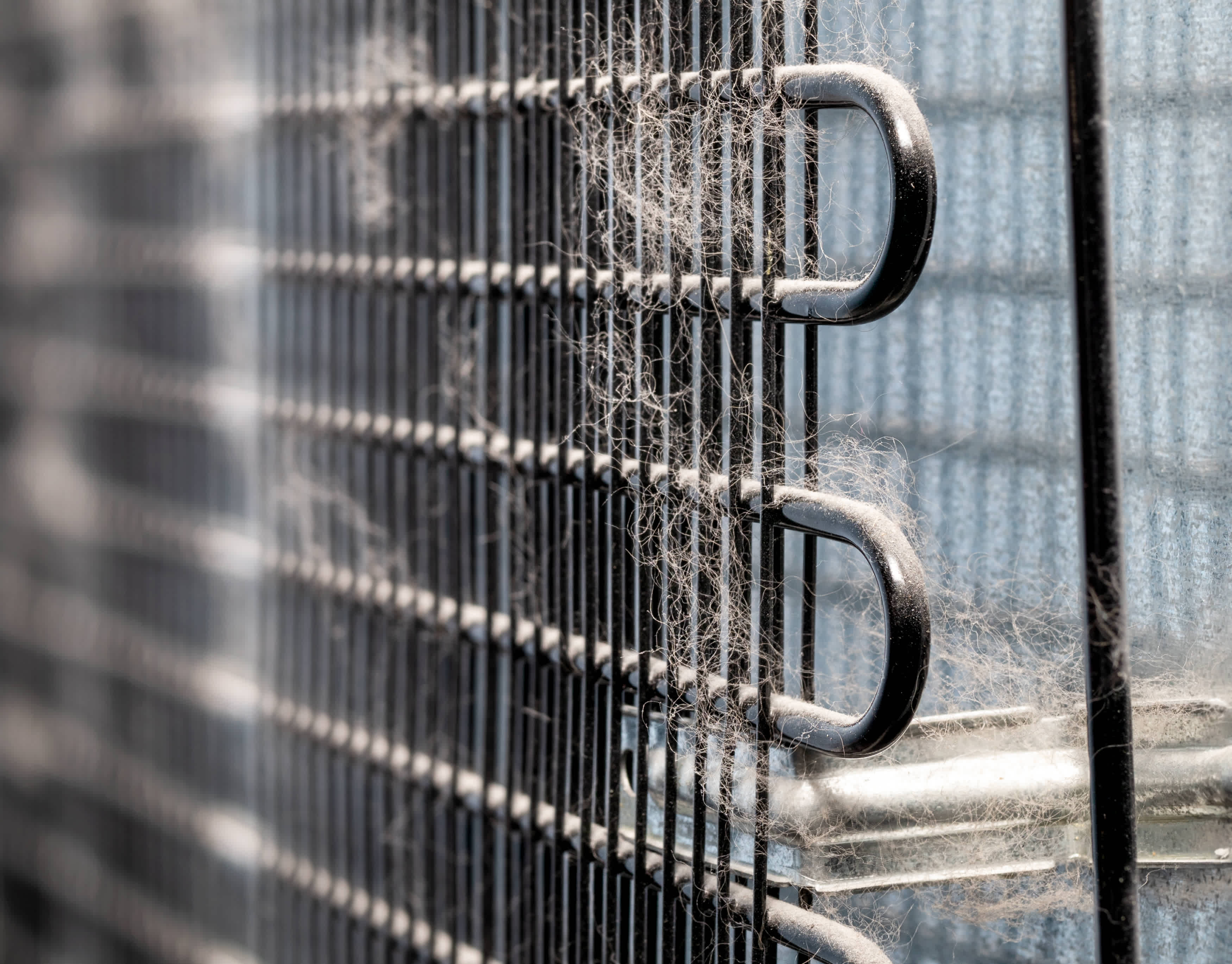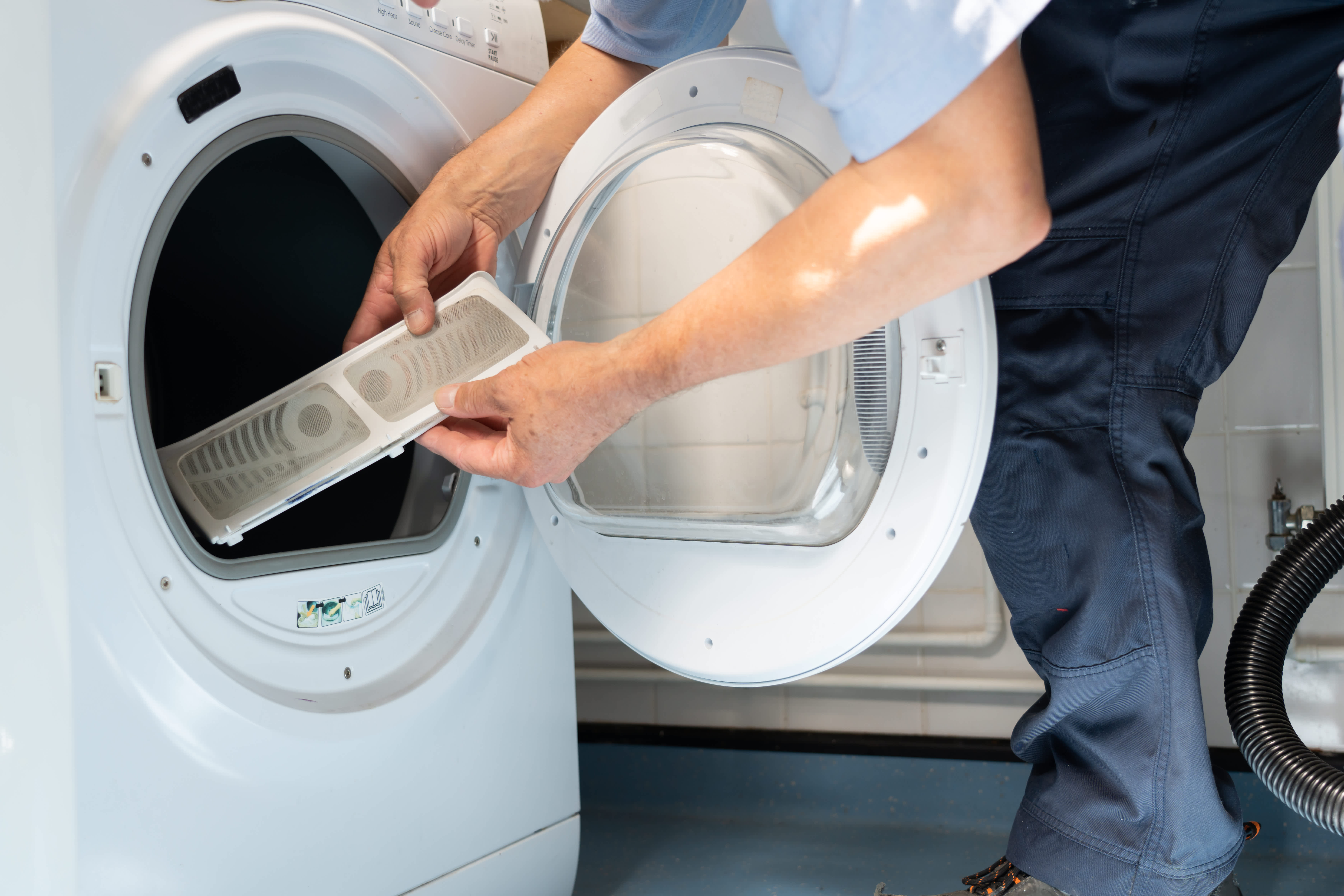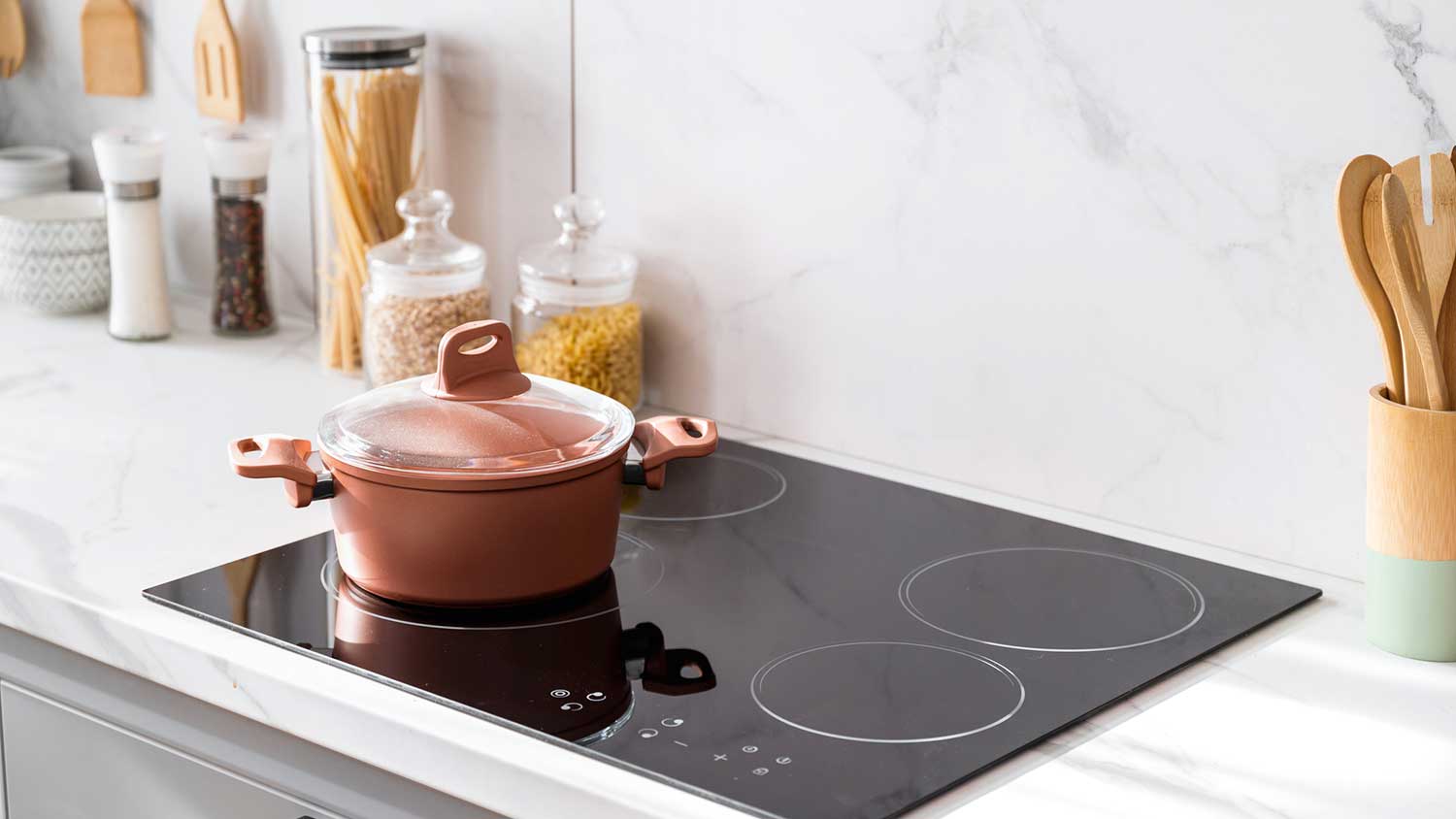
Discover the average washing machine repair cost, key price factors, and expert tips to help you budget and save on repairs for your home.
Learn the basics of appliance troubleshooting


So, your dishwasher just stopped mid-cycle, and there’s still soap everywhere. Or maybe your dryer is taking three cycles to dry a single load of beach towels. While it’s common to immediately start worrying about the cost of repairs, some appliance hiccups are easy to troubleshoot and resolve. Here are some appliance repair tips to keep in mind before you schedule an appointment with a pro.
Checking the owner’s manual should be your first line of attack. It contains troubleshooting steps written specifically for your model and safety warnings to be mindful of. Can’t find yours? Check the manufacturer’s website. Many companies post manuals going back several years, and you’ll need your model number anyway if parts have to be replaced.
Before tackling any further steps, peek behind the appliance and make sure it’s plugged in properly. It’s possible the plug loosened in the socket or someone hit the wrong switch on a power strip. While you’re back there, check that the plug isn’t damaged or the wires aren’t frayed.
Be sure to check your circuit breaker too—sometimes, they trip for no obvious reason. Also, test the outlet with another device to ensure it’s working properly. For gas appliances, make sure the valve didn’t get switched to “off.”

It’s easy to overlook how many appliances have filters and how often to clean them. Dishwashers, refrigerators, dryers, and air conditioners see heavy usage, so they need routine maintenance. Follow these general cleaning guidelines:
Dryer lint trap: After each load
Dishwasher filter: Every month
Washing machine drain filter: Every one to three months
HVAC filter: Every one to three months
Range hood filter: Every month if you frequently cook, otherwise every two to three months
Refrigerator water filter: Every six months, or as soon as the fridge’s control panel alerts you
Clogged filters cause many appliance issues and can make appliances work harder than necessary. Set reminders on your phone so you never skip a maintenance cleaning.
While you don’t need a whole workshop, it’s best to have some basic tools on hand so you can quickly troubleshoot issues and potentially save some money down the line. Pick up a set of screwdrivers that fit the different screws on your appliances, needle-nose pliers, and a flashlight. A multimeter is also useful: It’ll tell you if electricity is getting where it’s supposed to go, eliminating a lot of guesswork.
No matter what appliance you’re trying to repair, always prioritize safety. Unplug the appliance or turn the breaker off before you start troubleshooting any issues. The same goes for gas appliances: Always turn off the gas.
Even after you turn off the appliance's electricity, wait a few minutes before you touch anything electrical. Some components store electricity even when disconnected, so give them some time to “cool off.”

Your fridge has coils either on the back or underneath the front panel. These coils are essentially magnets for dust and pet hair. When they’re dirty, your fridge will work overtime, so you can expect a higher electricity bill. If the coils are on the back of the fridge, you’ll need to pull it out to reach them. Otherwise, you may have to unclip a panel on the front to clean the coils. Vacuum or brush the coils off every few months.
Before you order a new heating element, motor, or any other component for an appliance, test the old one with a multimeter. Most “broken” parts are just disconnected or dirty. So many people replace perfectly good thermostats because they didn’t realize the wire had just wiggled loose.
Keep a small stash of common replacement parts for your appliances, such as water filters, drive belts, and gaskets—anything that wears out regularly. This way, you’ll be able to repair an appliance quickly without having to wait for parts to be delivered.
Start a simple log of what breaks, when it breaks, and what you did about it. Even though that might sound a bit tedious, you may notice that patterns emerge. Maybe your dishwasher clogs every three months because someone doesn’t rinse plates properly. Or perhaps the washing machine belt keeps slipping because the machine isn’t level.
Keeping track helps you spot recurring issues before they become major headaches. And if repairs are frequently needed, that can be a good indicator of when it’s time to replace the appliance entirely.

Some repairs are DIY-friendly, but others are absolutely not. Gas line problems, major electrical work, and anything involving refrigerant should be left to the pros to handle. If you’re not comfortable with a repair or you’ve run through the list of basic troubleshooting steps, reach out to a local appliance repair professional for a quote. Most appliance repairs cost about $100 to $250, with many pros charging between $50 and $150 per hour for labor.
From average costs to expert advice, get all the answers you need to get your job done.

Discover the average washing machine repair cost, key price factors, and expert tips to help you budget and save on repairs for your home.

One of the most common fridge problems is a blown compressor motor. Use this guide to determine the cost of replacing the compressor and to estimate the total cost of your repair.

Discover the average cooktop installation cost, key price factors, and tips to save. Learn what impacts your total cost and how to budget for your new cooktop.

Looking for a new washer or dryer to keep your clothes fresh and clean? Learn how to choose a washer and dryer by knowing what to consider.

After buying a new vented dryer, you may be wondering how to install it. Follow our step-by-step guide on how to install a dryer vent.

Gas stoves are the center of many meals, and when they break down, homeowners are left scrambling. Find out who you can call to fix your gas stove.